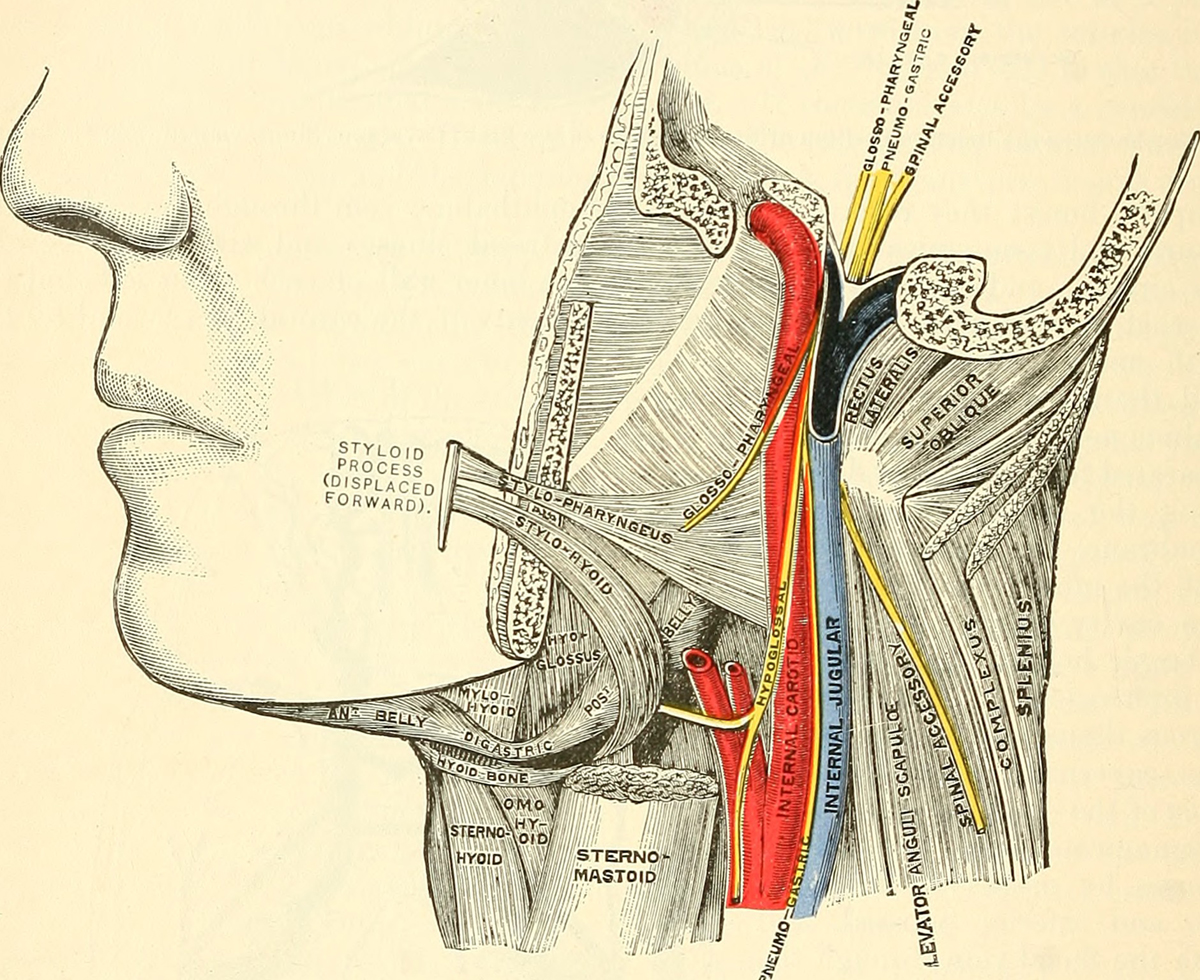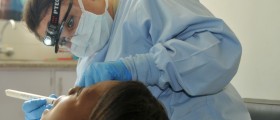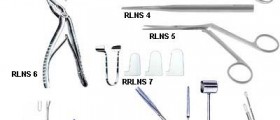
Many people who have undergone the surgical procedure for sinuses have reported certain unpleasant post-surgical follow up side effects. One of the most frequently mentioned is certainly pain, both mild and moderate in intensity. One of the ways of coping with it and battling it off with success is by means of adequate anti-pain medications and treatment therapies.
The surgical procedure itself is the preferred option in those cases that are more severe in nature such as the chronic sinusitis, as well when sinusitis recurrence. As far as the condition known as sinusitis is concerned, important to know is that it represents an inflammation, accompanied by the infection of the para nasal sinuses. The sinuses in question are divided into four distinct groups, i.e. the maxillary sinuses, ethmoid sinuses, sphenoid sinuses and frontal sinuses. Once the inflammation itself occurs, as well as a sinus infection, the first step to treat them is, in most cases, by means of various nasal sprays, antibiotics, anti-allergy medicines and decongestants. Another commonly prescribed type of “medications” is corticosteroids, particularly for the purpose of bringing the inflammation under control in as shorter period of time as possible, so it would not spread any further. However, there are certain cases in which none of the above-mentioned treatments provides any improvement and this is the time to start considering a surgical procedure as an option. A person should also be aware of the fact that the surgical procedure itself is quite often followed by such side effects as pain and bleeding, as well as by an occasional infection.
Surgical procedure revealed
The basic purpose of surgical procedure on sinuses is the opening up of all the blocked sinus passages and the reduction, as well as complete warding off the congestion. Sinusitis, as a health damaging condition, is characterized by inflammation and the blockage of sinuses themselves. As for the manifestations, the most frequently occurring are considered to be tenderness in the area surrounding the person’s eyes, also facial area, nasal and forehead area, nasal discharge and congestion, intense headaches, coughing, soreness of the throat, unpleasant breath, post nasal drip, toothache, and severe pain in the person’s ears. There exist different varieties of surgical procedures employed in the treatment of chronic and severe recurring sinusitis. But the one considered to be the most frequently opted for is a functional endoscopic sinus surgery, performed by a specific instrument called endoscope, which is inserted through the person’s nostrils and aids a surgeon during the examination of the inside of the nose and sinuses as well.
Pain
The post surgical pain is in the greatest majority of cases not such a big cause for concern, because many people are able to endure it. And the above discussed surgical procedure is considered to be the least evasive of all other procedures commonly employed for this purpose. There is a possibility that people who have undergone the surgery experience pain and nasal and sinus pressure, but only for a couple of days after the procedure itself has been finished. Moreover, as mentioned at the beginning of the text, such pain is best treated by means of various pain medications that provide results only after a few days of taking them.

















Your thoughts on this
Loading...